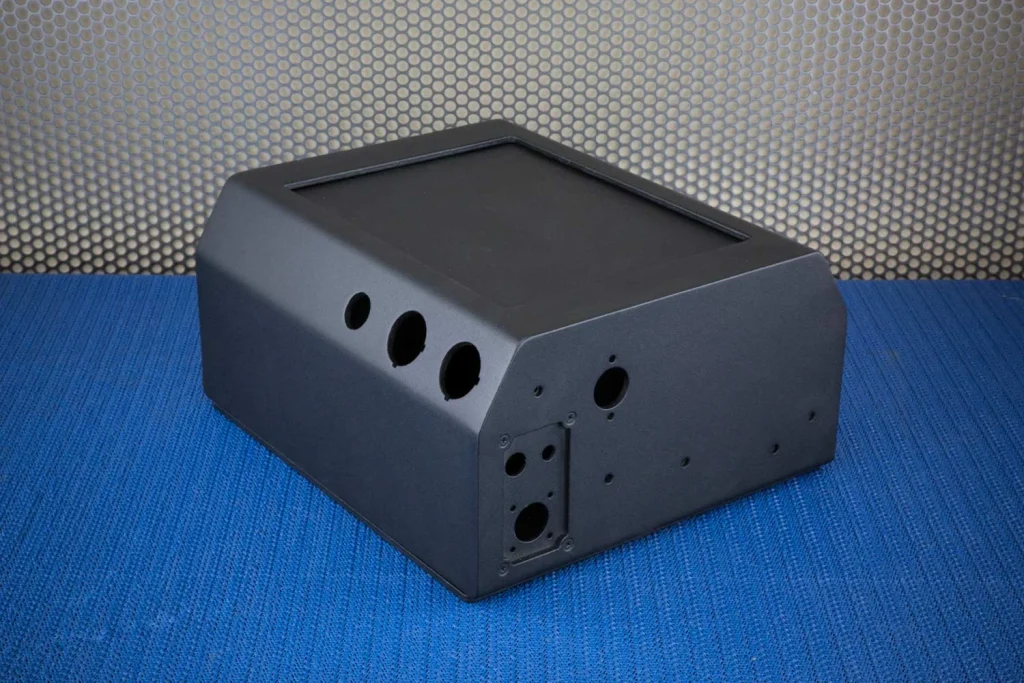Electrical safety and reliability are essential in modern infrastructure, and understanding NEMA National Electrical Manufacturers Association ratings ensures that equipment operates effectively under the right conditions. These ratings provide clear guidelines for protecting electrical components from environmental hazards, helping engineers, electricians, and businesses achieve dependable performance.
Understanding NEMA Ratings
NEMA ratings are standardized classifications that indicate how well electrical enclosures and components resist factors such as moisture, dust, chemicals, and impact. Each rating is designed to communicate the level of protection provided, ensuring equipment remains safe and operational in diverse environments. Understanding nema ratings ensures electrical enclosures meet local and international regulations.
- Protection Against Environmental Factors: NEMA ratings clearly define the enclosure’s resistance to water, dust, corrosion, and other hazards.
- Impact Resistance: Some ratings specify the ability to withstand mechanical impacts, reducing the risk of damage in high-traffic or industrial areas.
- Ease of Selection: Standardized ratings allow professionals to quickly choose the right equipment for a specific environment without ambiguity.

Benefits of NEMA Ratings
Implementing NEMA-rated equipment brings multiple advantages, both for safety and operational efficiency:
- Enhanced Safety: Equipment that meets NEMA standards minimizes the risk of electrical hazards, protecting both personnel and infrastructure.
- Operational Reliability: Properly rated enclosures prevent damage from dust, water, and chemicals, ensuring continuous performance.
- Cost Efficiency: Investing in the right-rated equipment reduces maintenance, downtime, and replacement costs.
- Compliance Assurance: Many industries require NEMA-rated components to meet regulatory standards, providing peace of mind and legal compliance.
Choosing the Right NEMA Rating
Selecting the correct NEMA rating depends on the environment and application requirements. For example, indoor equipment in controlled environments may need basic protection against dust, while outdoor industrial setups require higher levels of resistance to water, corrosion, and impact. Key considerations include:
- Environment: Identify potential exposure to water, dust, chemicals, or extreme temperatures.
- Application: Determine the type of electrical equipment and its operational demands.
- Durability Needs: Consider mechanical stress and frequency of use to select an enclosure that withstands wear and tear.
Conclusion
NEMA ratings simplify the process of ensuring electrical safety and performance. By clearly defining protection levels, these standards allow engineers and electricians to make informed decisions, resulting in reliable, efficient, and safe installations. Choosing the right NEMA-rated equipment not only safeguards assets and personnel but also enhances long-term operational efficiency. Ventilation, rigidity, and corrosion resistance are critical factors in designing custom sheet metal enclosures.
- Key Takeaways:
o NEMA ratings standardize protection against environmental hazards.
o Properly rated equipment ensures safety, reliability, and cost savings.
o Selecting the correct rating depends on environment, application, and durability needs.
Investing in NEMA-rated electrical components is a proactive step toward secure, efficient, and long-lasting electrical installations, offering confidence in both performance and protection.
